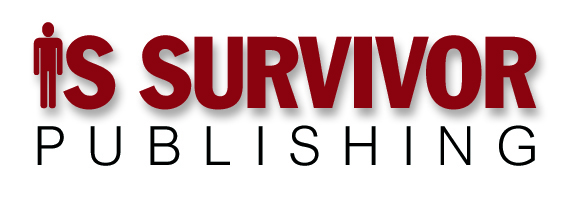I usually define “expert” as anyone who knows enough more about a subject than I do that I can at best barely understand what they’re telling me.
Regrettably, this means, through the miracle of recursion, that when I claim to be an expert that pretty much means I at best barely understand what I’m talking about.
And so it came to pass that regular correspondent Will Pearce, in response to last week’s KJR, and in particular my advice regarding key rotation (“Bob vs the cloud,” 6/4/2018), kindly commented, “It sounds like your information on password security is a bit old.”
It turns out NIST has revised its security guidelines. Its source document is, shall we say, information-dense (translation: you won’t be able to just skim it). Mr. Pearce suggested a more readable summary to accompany it (“Time to rethink mandatory password changes,” Lorrie Cranor, Federal Trade Commission Chief Technologist).
The very short version: Not only does frequent password expiration provide no additional security, but it’s often counterproductive: Faced with the need to change passwords on a regular basis, many users choose less secure keys, often easily guessed permutations of previous keys.
A bit of additional research revealed that the complementary practice of asking security questions for password recovery (“What is your mother’s maiden name?”) is pretty much pointless given how few secrets any of us have any more and given our natural inclination to choose questions whose answers we’re most likely to remember later on (see “Google Study Shows Security Questions Aren’t All That Secure,” Frederic Lardinois, Tech Crunch, 5/21/2015).
I wasn’t able to find a good source for the question of whether frequent administrative and cryptographic key rotation is still considered good practice.
All of this led me to reconsider my definition of “expert.” Seems to me an expert is someone who, faced with new evidence and logic, reconsiders their beliefs, opinions, and practices. In particular they use the new evidence and logic as a pry bar, to expose to themselves the hidden assumptions on which their current views are based.
Start with the average non-InfoSec specialist’s mental image of who we’re protecting ourselves from. Very likely it’s the standard Hollywood introvert-living-in-his-mother’s basement. But as the estimable Roger Grimes (among others) has pointed out from time to time, these days you’re actually defending yourself against state actors and organized crime syndicates. That puts a very different face on the threat.
As Roger also points out, in a thoroughly depressing article titled, “5 computer security facts that surprise most people,” (CSO, 12/5/2017), 99% of all exploits are “… due to unpatched software or a social engineering event where someone is tricked into installing something they shouldn’t.”
What this means to you: On a personal level you should keep your OS and applications updated. It appears the risk from installing bad patches is lower than the risk of failing to install the important ones.
And, you should take care to avoid falling victim to Trojans and phishing attacks. In particular, inspect any link in an email before clicking on it to make sure it makes sense. This isn’t at all hard. If you receive an email purporting to be from Amazon.com, roll over any links in the message to make sure they point to somethingorother.amazon.com/somethingelseorother. Or, ignore the links altogether and navigate to whatever it was that caught your interest.
On the corporate side, other than the key rotation/password expiration issue, last week’s advice still holds, in particular the points about patch management and frequent white-hat phishing attacks used to educate employees about the same phishing attacks they need to be alert to at home.
And now, the moment you’ve been waiting for. Last week I mentioned my personal financial management software dilemma, and whether to acquiesce to the trends and use a cloud-based service. In the comments, Walt Etten was kind enough to endorse Moneydance, which, in exchange for a $49.99 license fee, stores data locally.
It’s a stark choice. On the one hand it appears there are several worthwhile free cloud-based alternatives (google “free personal financial management software”). On the other there’s Quicken or Moneydance.
It’s the classic dilemma: I can get what I want for fifty bucks, or I can come close to it for free.
It’s a tough, tough call.
